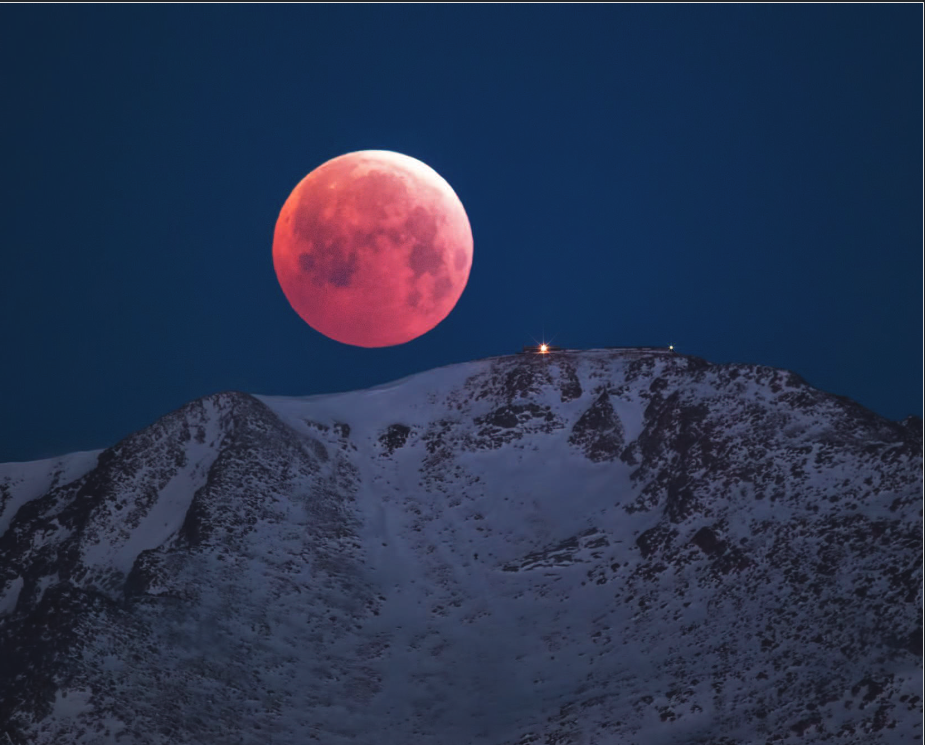Arjun Nair, Staff Writer
Space: the final frontier. Whether it’s galaxies far, far away or something close to home, the Universe has many interesting things to offer. On Sept. 27, you can take in the wonder and beauty of a lunar eclipse.
A lunar eclipse occurs when the Earth’s shadow created by sunlight falls on the moon, making a full or nearly full moon go completely dark. Eclipses can often be beautiful to watch because the moon often turns red during a lunar eclipse. This occurs because some of the red light in the spectrum manages to shine on the moon, causing what many call a “blood moon.”
Any superstitions or “facts” you may have read on the internet about the blood moon are simply not true. “There is no astronomical proof that a blood moon is a sign of the apocalypse,” said Dr. Linda French, professor of physics at Illinois Wesleyan University.
This eclipse also happens to occur when the moon appears to be a supermoon. Again, there is nothing super special about a supermoon, it’s just a layman’s term for when the moon is closest to Earth, and thus, looks bigger in the sky.
From years ago, up until the modern age, superstitions have existed about the meaning of eclipses, but there is no scientific proof that lunar eclipses have any special meaning other than the moon is behind the Earth and Sun.
“Eclipses are beautiful, but we [astronomers] aren’t doing much scientifically with them right now,” French said.
Don’t let that destroy the beauty of the eclipse, though. Instead, you should just go out on enjoy the eclipse without worrying about science or apocalyptic messages. You can observe this eclipse on your own, from any open location on campus, or you can head down to the Mark Evans observatory where there will be an eclipse-watching party. I know I’ll be there.
The entire eclipse goes from 7:11:47 p.m. to 12:22:31 p.m., but the part to really focus on will be from 9:11:12 p.m. to 10:23:05 p.m., when the Moon is completely eclipsed. Visit timeanddate.com for more information.
We are also very lucky that the weather only calls for only a few clouds, so it will be much easier to view the eclipse without obstruction.
The next total lunar eclipse visible from Bloomington won’t be until Jan. 31, 2018, so be sure to catch this one. Space doesn’t care that you have reading to do. Also be sure to save the date of Aug. 21, 2017. On that day, consider a trip to the southern tip of the state to watch a total solar eclipse where the moon will block out the sun; these are harder to catch than lunar eclipses.

